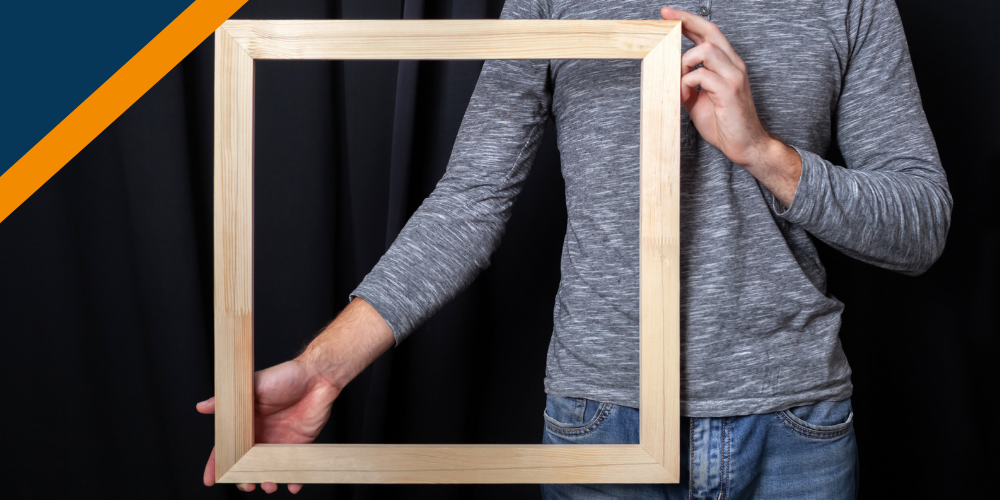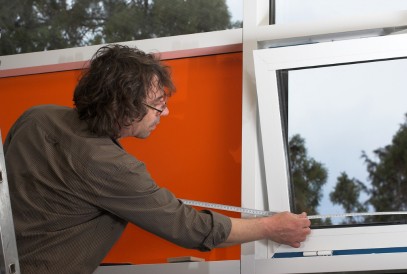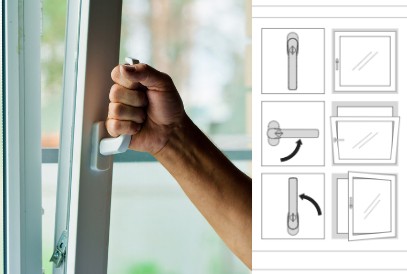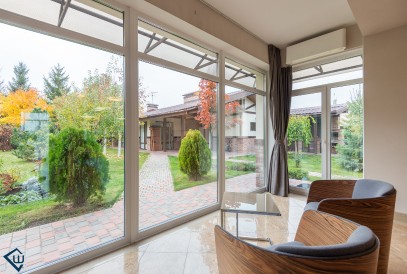Looking to buy new window frames? Then you've probably heard of window frames or false frames.
The window subframe is a particular element typical of Italian construction. It is installed for various reasons, first and foremost that of being the fixing point for the window frame.
But is it really necessary to install it? Or could the frames be installed directly on the rough masonry? Are there different types of window subframes? Read on to learn more about subframes for windows.
Are you looking for properly made window frames? There are no standard sizes; window frames are custom-made and depend on the frame manufacturer and the window frame maker.

The window subframe is known by various names : false frame, matte box, or dead frame. In all cases, the window subframe is the connecting element between the masonry and the window frame . The main purpose of this component is to facilitate the fastening of the window frame .
Did you know that the window subframe is a distinctive feature of Italian construction and isn't used elsewhere? In the past, subframes for windows and doors were often installed.
Having false frames for windows and doors requires a commitment from both the designer and the installer. Indeed, they find themselves dealing with an additional connection between the masonry and the window.
If things don't go as planned, the window and door installer is usually blamed. In reality, installing the subframe is the responsibility of the construction company, unless otherwise specified in the contract. Unfortunately, however, you can't expect the company to also take care of the subframe and, more importantly, install it expertly.
Having a window subframe offers several advantages to different parties, especially the construction company, but also, as we'll see, the window and door manufacturer.
The subframe is useful to the construction company because it helps the work proceed by providing the correct references. This is because the false window frame...
To be truly useful, the window casing must:
As we've already mentioned, window subframes are also useful, though perhaps to a lesser extent, for the window and door installer. This is because, by working on already plastered walls, they can provide a properly finished finish. To achieve this, it's essential that the subframes are made with effective thermal insulation and guarantee excellent sealing performance.

Yes, it's possible to install a window frame without a subframe . In fact, this is what they do everywhere else in the world outside of Italy.
For example, in Northern European countries, PVC, wood, and aluminum windows are installed without a subframe. This requires greater attention to detail. The window and door installer installs each window directly onto the unfinished wall, and then the contractor steps in to apply the internal plaster and external insulation, all in direct contact with the frame.
In reality, more than out of necessity, we Italians use it primarily out of habit. The window subframe system we use in Italy is avoidable, but it's also very useful for ensuring the quality of the work performed. We've already seen how this very element serves as a reference point for the construction company handling the plastering. Furthermore, subframes for windows and doors ensure the window fitter can work on a very precise window opening.
Window systems have changed significantly over the years: a twenty-year-old window frame paired with a latest-generation window could create a number of problems. For example, thermal insulation issues, water infiltration, or poor window stability could occur.
Window frames prepare the window opening and serve as a connection between the interior and exterior walls. A good window frame should be perfectly stable, insulating, and durable. Unfortunately, since the frame is mounted under the window and is invisible, outdated metal frames have continued to be used in recent years. These metal frames create fatal thermal bridges that lead to mold and condensation.
Modern thermal subframes have what's called a fourth side, the insulating lower side. This fourth side eliminates thermal bridges between the interior and exterior. We recommend using only thermal subframes suitable for housing the new high-performance windows and doors.
The space between the masonry and the counterframe must be treated with elastic polyurethane foam which will then be protected using a correct and professional vapour barrier .
The use of internal and external vapor barriers is very important. A vapor barrier integrated into the profile ensures the waterproofing of the joint between the frame and the wall. You can create them with sealing tapes or connecting profiles made of shock-absorbing material. Vapor barriers are designed to eliminate cracks and mold at the contact points between the plaster and the subframe and to prevent leaks in the connection between the insulation and the subframe.
Since window frames and subframes are custom-made, you may have concluded that these elements vary depending on the material the window is made of. In reality, aluminum window subframes, PVC window subframes, or false window frames for wooden windows do not present any substantial differences.
In all cases, including aluminum window frames, the mounting system must have the same design features and products that guarantee proper assembly:
For a qualified and long-lasting job these are truly essential elements.
What is a window subframe?
The subframe is a support structure installed in the masonry before the actual window. It ensures stability, insulation, and proper installation of the window frame.
What is the subframe for?
The subframe facilitates window installation, thermally and acoustically insulates the frame, allows for more precise installation, and protects the frame from humidity and structural movements.
What material can a counterframe be made of?
The most common materials are wood (excellent insulation but sensitive to humidity), galvanized steel (resistant and stable, often used in new buildings) and PVC (good thermal insulation and weather resistance).
Can you install a window without a subframe?
Yes, it's possible, but it's not recommended. The subframe improves the stability and durability of the window. Without it, you risk less precise installation and lower insulation performance.
When is the counterframe installed?
The counterframe is assembled before the window frame is installed, during the rough masonry phase, so that it is perfectly integrated into the wall.
Does the subframe affect thermal insulation?
Yes. A well-designed subframe made of insulating material reduces thermal bridges and improves the building's energy efficiency.
Is it possible to replace just the subframe without changing the window?
Generally not, because the counterframe is built into the wall. Replacing it often requires work on the window or masonry as well.
Is a subframe required by law?
It is not mandatory, but it is highly recommended in new construction and renovations to comply with energy efficiency regulations and ensure proper installation.
What conclusions would you like to give you about aluminum, PVC, or wooden window frames?
Our final advice is to rely on expert installers : after choosing your new windows, ask them to advise you on the best window subframe for your specific situation. Pay particular attention to ensuring it's thermally sound and optimally designed.



